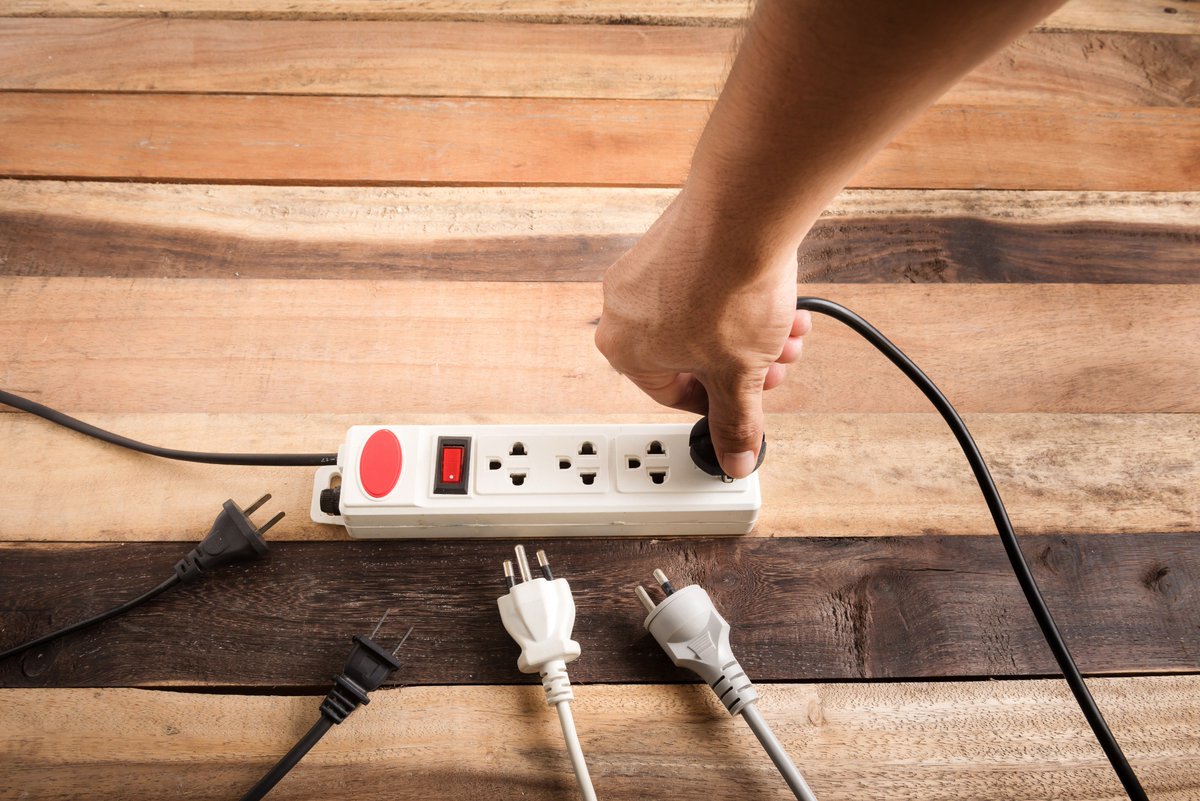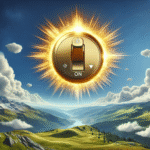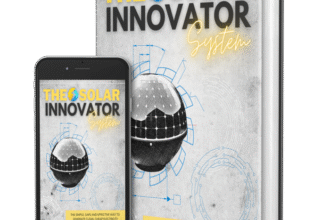“The Grid Isn’t Your Friend—It’s a Golden Cage”
We’ve all been told this fairy tale: the power company is here to serve you. Like they’re some benevolent uncle with deep pockets and endless generosity. Right. That’s why you’re paying more every single year while getting—what?—blackouts in the middle of dinner, voltage drops that fry your laptop charger, and fine-print fees that no one understands.
Honestly, the whole “you need the grid” myth is like telling a bird it can’t fly because it might get tired. It’s absurd, and yet, somehow, most people believe it without even blinking. Probably because they’ve never seen the alternative. Probably because they’ve been too busy paying bills and shrugging at the news when another storm takes out half the county’s power.
The Easy DIY Power Plan is not some sleek marketing gimmick—it’s a hammer smashing the glass case that says Break in Case of Emergency. Except, you don’t wait for the emergency. You walk right up, smash it, and build your own way out.
Why Conventional Wisdom Is a Lazy Old Ghost
Here’s the thing: conventional wisdom isn’t actually wisdom—it’s just old. It’s advice that’s been repeated so often, no one remembers who said it first or whether it even made sense back then. Half of it’s nostalgia, half of it’s fear.
The “stay on the grid” mindset was born in an era when local generation meant noisy diesel generators and your grandpa tinkering in a shed with sparks flying dangerously close to his eyebrows. But it’s 2025 now. We have battery tech that was once used in Mars rovers. You think the grid companies are going to call you up and say, “Hey, you can do this yourself now”? No—they’ll let you keep thinking it’s impossible.
The Easy DIY Power Plan works because it doesn’t wait for permission from the old rules. It grabs the rulebook, uses it to light the barbecue, and then cooks dinner on power you made yourself.
1. Smaller Is Smarter (and faster, and less likely to explode)
Conventional Wisdom: Big plants make big power, and that’s efficient.
Reality: Yeah, if you like wasting 20% of what you make.
Imagine driving to the grocery store, buying ten bags of food, and throwing two in the trash before you even get home. That’s the power grid. By the time the electricity snakes across transmission lines, transformers, and substations, a chunk of it—sometimes a massive chunk—is gone. Poof. Paid for, but gone.
I remember visiting this tiny fishing town in the Philippines—storm had knocked the big lines down. Everyone assumed they’d be powerless for weeks. But one old guy? He’d been running a scaled-down DIY setup for years. Lights on, fridge humming, radio blasting some 80s ballad. The others came over just to charge phones and watch his TV. Point is—local beats distant every time.
2. “Unreliable” Power Is a Myth People Use to Sound Smart
Conventional Wisdom: Solar and wind? Cute idea—too inconsistent.
Reality: That’s like saying rainwater is useless because sometimes it doesn’t rain. Ever heard of buckets?
The Easy DIY Power Plan isn’t just “capture the sun and hope for the best.” It’s about storage. Smart, hybrid, flexible storage. Batteries that hold the surplus so when the clouds roll in, your house doesn’t even notice.
Honestly, the whole “but the sun doesn’t always shine” line is getting as stale as memes about dial-up internet. NASA has been running probes in deep space for decades using this principle. If they can do it on Mars, you can do it in Michigan.
3. You Don’t Need to Be an Engineer—You Just Need a Saturday
This one gets me. People assume anything involving electricity is a secret priesthood—white lab coats, complicated math scribbled on the walls, maybe a lightning bolt somewhere. But no. The Easy DIY Power Plan was literally designed so normal people could build it with stuff you can order online or pick up at Home Depot.
A buddy of mine, retired plumber—he had never even touched a multimeter—built his in a weekend. Sent me a text Sunday night: “The beer fridge is officially off the grid.” That’s the vibe.
4. The Grid Is a Single Point of Failure (Like Relying on One Alarm Clock)
Every time there’s a hurricane, wildfire, cyberattack, or random “planned maintenance,” entire towns go dark. No heat, no AC, no security systems. It’s like having a mansion but the front door key belongs to someone else—and they sometimes forget to show up.
With your own setup, you’re immune to most of that nonsense. A tree takes out the neighbor’s transformer? You’re still cooking pancakes. A squirrel chews through a line miles away? Not your problem. That’s not just convenience—that’s resilience.
5. The Real Cost Isn’t the Bill—it’s the Chains
You think your monthly bill is the price of electricity? No. It’s the price of not having a choice. You’re paying for dependence.
Sure, maybe you’ve had a good month where the bill feels “reasonable.” But the moment prices spike (and they will—remember last winter in Texas?), you remember just how powerless you really are. The Easy DIY Power Plan can lower your bill, yeah, but that’s almost a side effect. The main event? Cutting the cord. Not being held hostage by a meter on the side of your house.
It’s Not Just a Power Plan—It’s a Permission Slip
And here’s where I get emotional about it—because this isn’t just about wires and batteries. It’s about taking back something that’s been quietly stolen from you: the right to make your own energy.
We’ve been told for decades that energy independence is too technical, too expensive, too much trouble. That’s the same nonsense people used to say about personal computers. Or smartphones. Or electric cars. Now look around—those are everywhere.
So why not this? Why not now?
Smash the “Normal” Button
The Easy DIY Power Plan works because it rejects the shrug-and-accept attitude that’s been fed to us since childhood. If you’ve ever sat in the dark during a blackout and thought, “There has to be another way”—you’re halfway there.
The other half? Building it. Testing it. Owning it. Even if your neighbors think you’ve gone off the deep end (they’ll be knocking when the lights go out).
The truth is—you don’t actually need the grid. You just need the guts to admit it. And a willingness to learn how to keep your own lights on, no matter what chaos is happening in the headlines.





